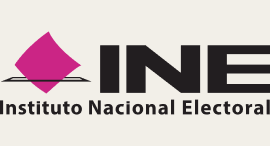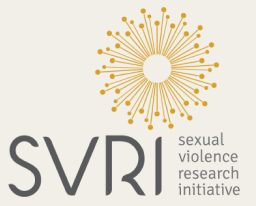After collecting and analyzing a dataset of 450 social media posts containing potential instances of gendered disinformation, we’ve been able to work alongside our partners to better understand how this problem operates in South Asia while also pulling from our forthcoming report to generate a summary that includes succinct policy recommendations for informing counterresponses and future research efforts.
Over a year ago, we announced we’d won a grant from the Sexual Violence Research Initiative to study gendered disinformation in South Asia. In collaboration with our partners at Chambal Media, Digital Rights Foundation (DRF), and The Quint, we quickly set to work documenting online campaigns that employed false, misogynistic, and sexualized content to malign and discredit targeted groups and individuals.
In addition to our cross-regional work on elections, the South Asian initiative represents a major step forward in our efforts to challenge the global reach of gendered disinformation.
What we’ve learned about gendered disinformation in South Asia
As a result of this collaborative research effort, we’ve created a concrete set of policy recommendations for platforms and potential partners.
Policy recommendations
In brief, our summary and recommendation document outlines a working definition of gendered disinformation, describes the project’s purpose and approach, and lists several suggestions for actions that could be implemented by social media companies, research institutions, and community organizations addressing gender-based violence.
Partner deep-dives
In addition to our own publications, each organization that partnered with us in this project has released a deep-dive of its own:
- Chambal Media: “Disinformation and Disempowerment: The Gendered Experience in Rural India”
- The Quint: “Harassed, Yet Resilient: Muslim Women Journalists Fight Gendered Disinformation”
- Digital Rights Foundation: "Gendered Disinformation in South Asia case study - Pakistan"
We collaborated with 53 partner organizations worldwide to design and carry out our 2024 elections projects. We extend special gratitude to our lead partners in Brazil, Mexico and Pakistan, whose work we highlight in this essay.



The 2024 elections projects featured in here would not have been possible without the generous support of these funders.













